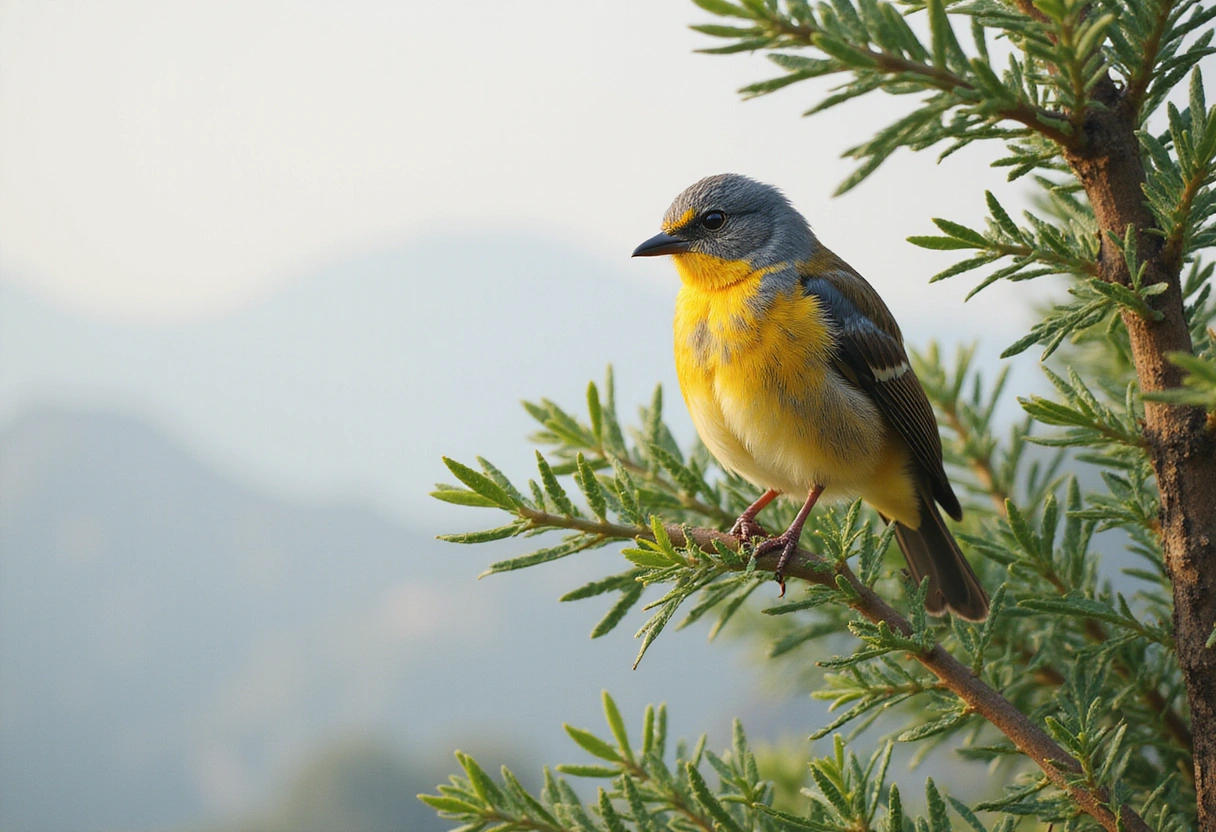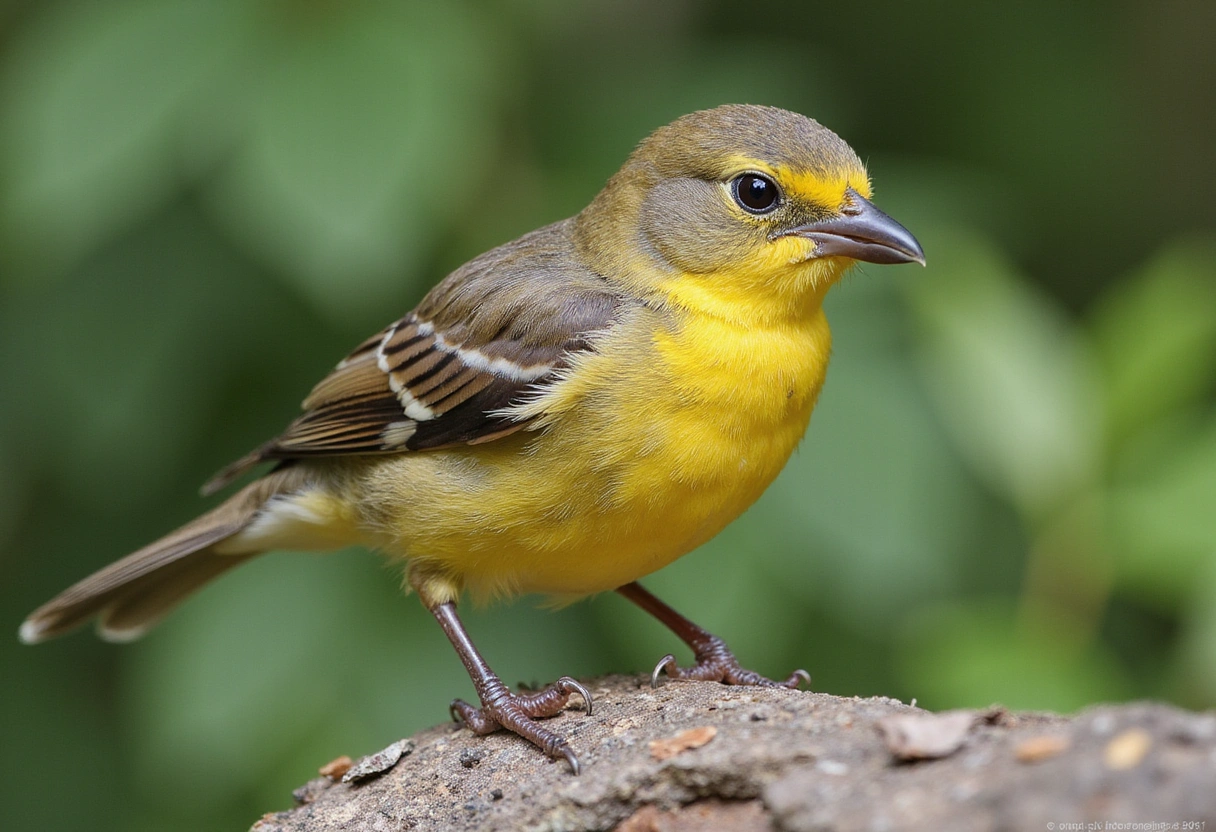
Birdwatching is an engaging and fulfilling hobby that connects enthusiasts with the wonders of nature. Whether you are a beginner or have some experience, understanding bird facts can significantly enhance your ability to identify various bird species identification. In this article, we will explore how bird facts can help you master species identification, delving into practical insights, common misconceptions, and actionable strategies.

Understanding bird facts is crucial for anyone interested in bird species identification. Bird facts encompass various aspects, including physical characteristics, behavior, habitats, and vocalizations. By familiarizing yourself with these facts, you can develop a keen eye for distinguishing between different species.
Bird species identification is not merely about recognizing a bird's appearance; it involves understanding its behavior, migration patterns, and ecological roles. With the right knowledge, you can identify birds more accurately and contribute to bird conservation efforts. For instance, knowing the migratory patterns of certain birds can help conservationists develop effective strategies to protect their habitats during critical migration periods.
When embarking on your journey to identify bird species, consider the following essential facts:

For beginners, bird species identification can seem daunting. However, by following a structured approach, you can simplify the process and enhance your skills. Here are essential steps to guide you:
Begin by collecting resources that will aid your identification efforts. These can include:
Utilizing these resources can enhance your understanding of local bird species and their characteristics.
Birdwatching requires patience and keen observation. Here are some tips to enhance your observation skills:
Keeping a birding journal is a valuable practice for any birdwatcher. Consider documenting the following:
This practice not only helps you remember your sightings but also enables you to track patterns over time.
Connecting with other bird enthusiasts can be incredibly beneficial. Local birdwatching groups often host events, walks, and workshops. Joining these groups allows you to:
Building relationships within the birdwatching community can significantly enhance your skills and knowledge.

As you embark on your birdwatching journey, it's essential to address common misconceptions that may hinder your progress.
Many beginners believe they must memorize every bird species in their region. In reality, focusing on a smaller group of common birds can be more beneficial. Start with easily identifiable species, and gradually expand your knowledge as you become more comfortable.
While high-end binoculars and cameras can enhance your experience, they are not necessary for beginners. A basic pair of binoculars and a field guide can provide everything you need to start identifying birds effectively.
While visual identification is important, it is not the only aspect. Learning bird calls and behaviors can significantly improve your ability to identify species, especially in situations where visibility is limited.
Bird conservation efforts play a crucial role in maintaining healthy ecosystems and protecting avian populations. By understanding bird facts and species identification, you can contribute to these efforts in meaningful ways.
Birdwatchers can play an active role in conservation through various means:
Understanding bird species identification is directly linked to conservation efforts. By identifying species and recognizing their habitats, you can help protect critical areas and support conservation initiatives. For instance, knowing that a specific bird is a migratory species may prompt you to advocate for habitat protection during migration seasons.
As you continue your journey into bird species identification, consider these practical tips to enhance your skills:
Understanding bird facts is not just about identifying species; it's about fostering a deeper connection with nature. By mastering bird species identification, you contribute to conservation efforts and promote awareness about the importance of protecting avian populations. The knowledge you gain empowers you to become an advocate for birds and their habitats.
As you embark on your journey to master species identification through bird facts, consider how organizations like Banana Slug Club can support your learning. Whether you are a student, nature enthusiast, or a curious child eager to explore the wonders of nature, Banana Slug Club provides resources and community engagement opportunities to enhance your experience.
By connecting with Banana Slug Club, you can access educational materials, participate in local events, and engage with fellow nature enthusiasts. We invite you to visit our website to explore our resources and learn more about the fascinating world of birds and conservation. Together, we can foster a love for nature and promote awareness about the importance of bird conservation efforts.
Take your first step today and join us in celebrating the beauty of our feathered friends!
Get free resources, early access to new features and updates.
No spam. Just fun educational emails!